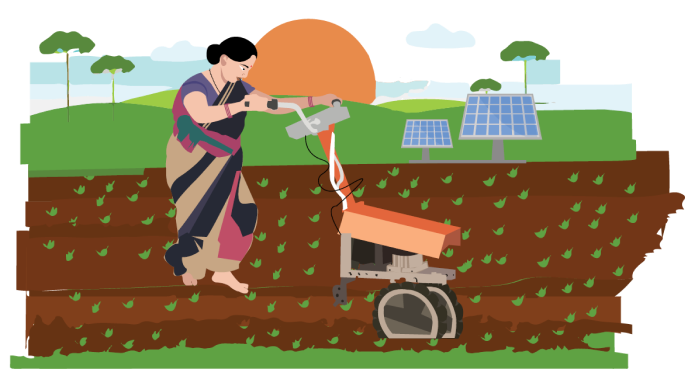
How might we innovate solutions that might eliminate the risks associated with chilli processing and create a safe environment for the workers?

CatalsyeTech aims to foster an enabling ecosystem for innovation driven entrepreneurship at the bottom of the pyramid, to encourage and ensure participation of underrepresented communities.